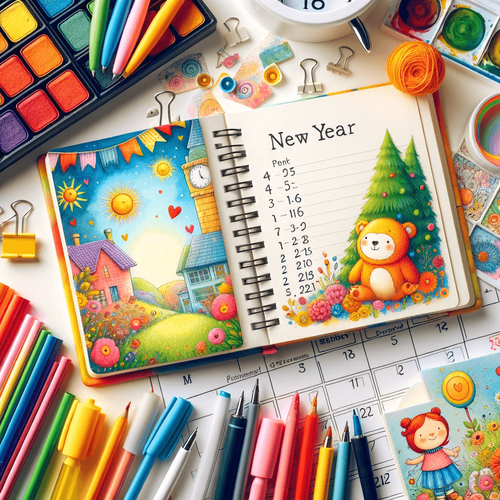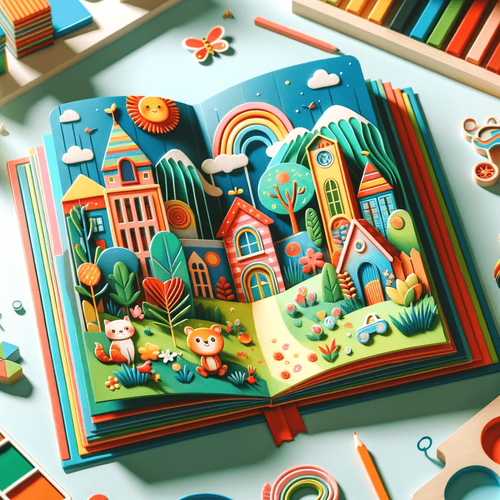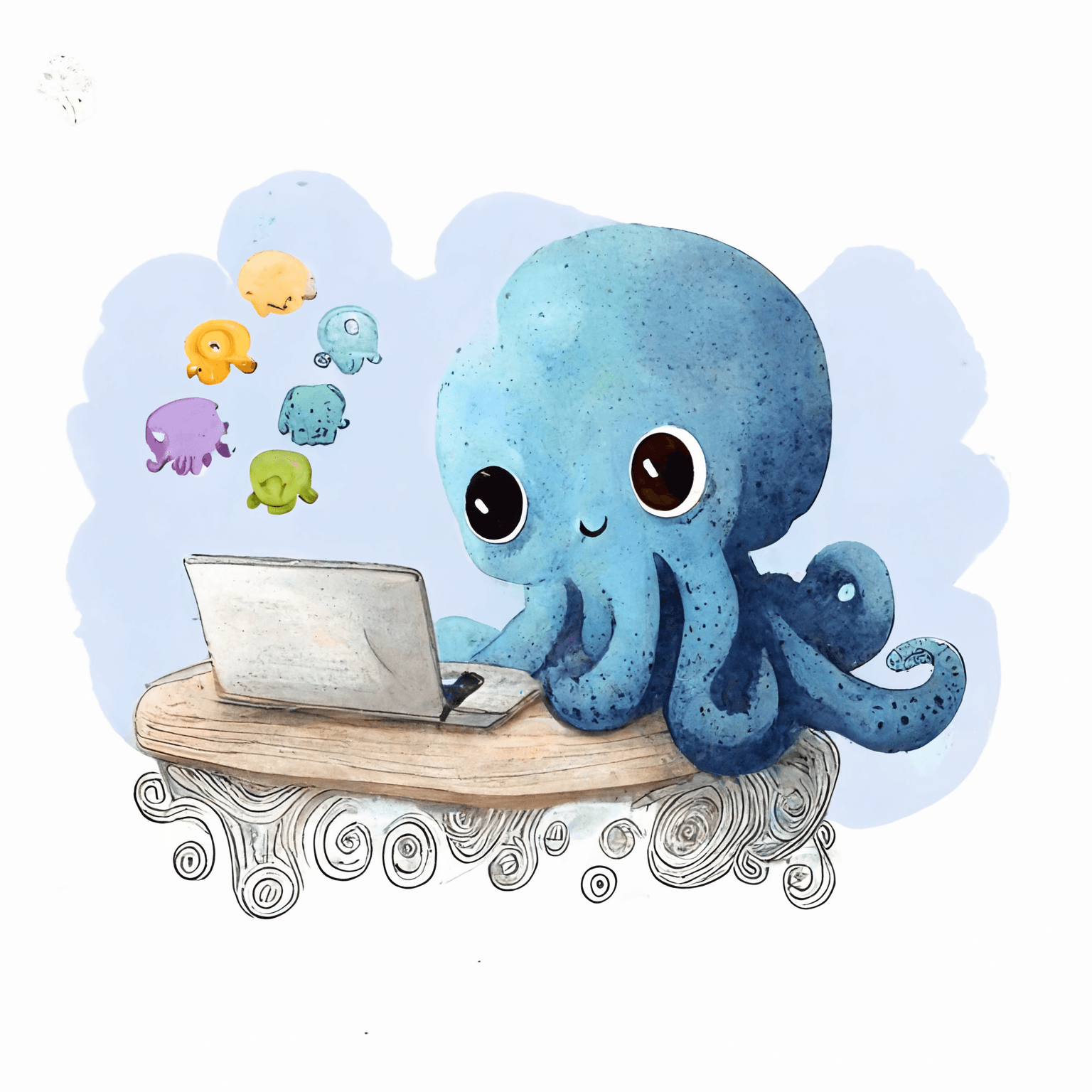When it comes to writing for children, one of the most important aspects is creating memorable characters. Characters are the heart of a story, and they can make or break a book. In this article, we'll explore some tips for developing memorable children's book characters.
Understanding Children's Book Characters
Children's book characters are the vehicles through which a story is told. They are the ones who drive the plot forward, and they are the ones that readers connect with on an emotional level. The best children's book characters are those that stay with readers long after they've finished the book. So, what makes a character memorable?
Creating Relatable Characters
One of the most important things when it comes to creating memorable children's book characters is making them relatable. Children need to be able to see themselves in the characters they read about, and they need to be able to connect with them on a personal level. To do this, it's important to give your characters qualities that your readers can identify with. Maybe they're shy, brave, or curious - whatever it is, make sure it's something that your readers can relate to.
Developing Unique Personalities
Each character in your book should have a unique personality that sets them apart from the others. This will help your readers remember them and keep them interested in the story. Maybe your main character is a fearless adventurer, while their best friend is more cautious and analytical. Giving each character a distinct personality will make them more interesting and memorable.
Using Archetypes
While you want your characters to be unique, it's important to remember that certain character archetypes are popular for a reason. Archetypes like the hero, the villain, the sidekick, the mentor, and the love interest are all familiar to readers, and they can provide a useful starting point for developing your own characters. Use these archetypes as a starting point and add your own unique twists to make your characters stand out.
Creating Flawed Characters
Perfect characters can be boring. Give your characters flaws and weaknesses that they need to overcome in order to succeed. This will make them more relatable and give them depth. Maybe your main character is afraid of the dark, or your villain is motivated by jealousy. Whatever it is, giving your characters flaws will make them more interesting and human.
Using Visual Cues
Illustrations are a big part of children's books, so use visual cues to help define your characters. Give them distinctive features such as hair color, clothing style, or facial expressions that reflect their personality. For example, if your character is bubbly and outgoing, you might give them a bright, cheerful outfit and a big smile.
Naming Your Characters
Choosing the right names for your characters can also help define their personality, their role in the story, and make them more memorable to young readers. Here are a few tips on what makes a good name for characters in children's picture books:
Memorable and easy to pronounce
A name that's too complicated or difficult to say may discourage readers from engaging with your character.
Reflective of the character's personality
A brave character may have a name that is strong and bold, while a shy character may have a soft and gentle name.
Age-appropriate
Younger children may prefer simpler names, while older children may enjoy more complex or unique names.
Unique...but not too unusual
It should be unique enough to stand out, but not too unusual that it distracts from the story. A name that is too outlandish may make it difficult for young readers to connect with the character.
Reflective of the character's background or culture
If your character comes from a specific cultural or ethnic background, consider choosing a name that reflects that. This can help readers feel a connection to the character and learn about different cultures.
In conclusion, creating memorable children's book characters takes time and effort, but it's worth it. By making your characters relatable, unique, flawed, and visually distinct, you can create characters that will stay with your readers long after they've finished the book.
Ready to create your own memorable children's book characters? Sign up for a 14-day free trial with Made Live today and start using our AI-powered software to streamline your book writing and publishing process. With Made Live, you can save time and money on expensive editors, illustrators, and designers, and get your books into the hands of readers faster than ever. Start your free trial now and see the difference for yourself!




